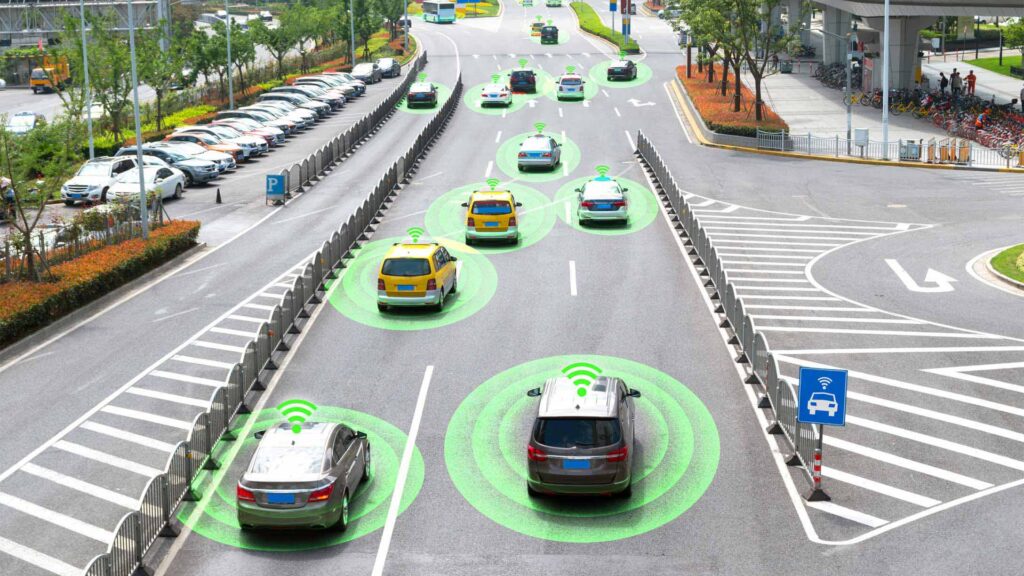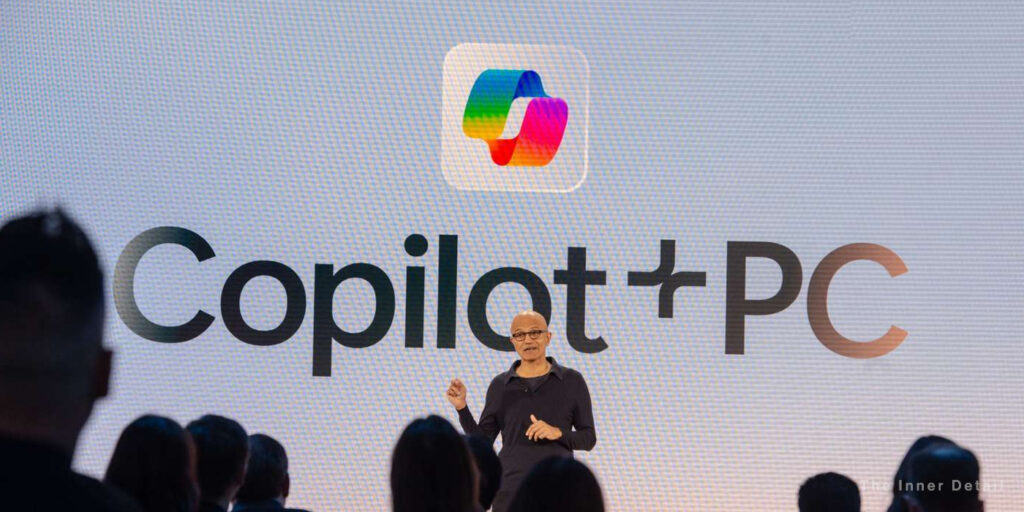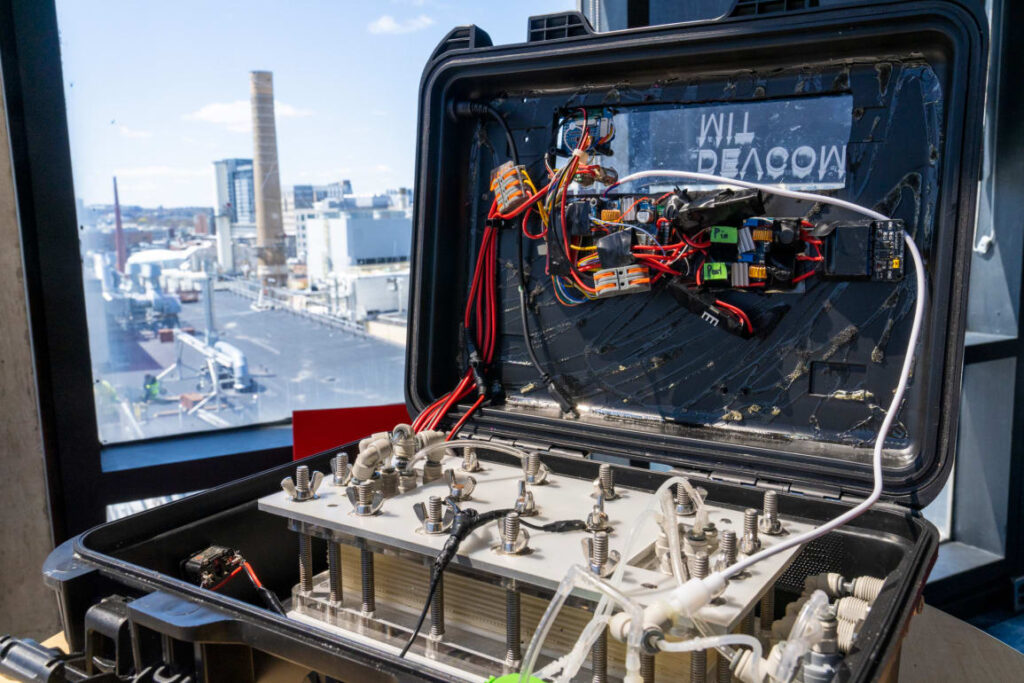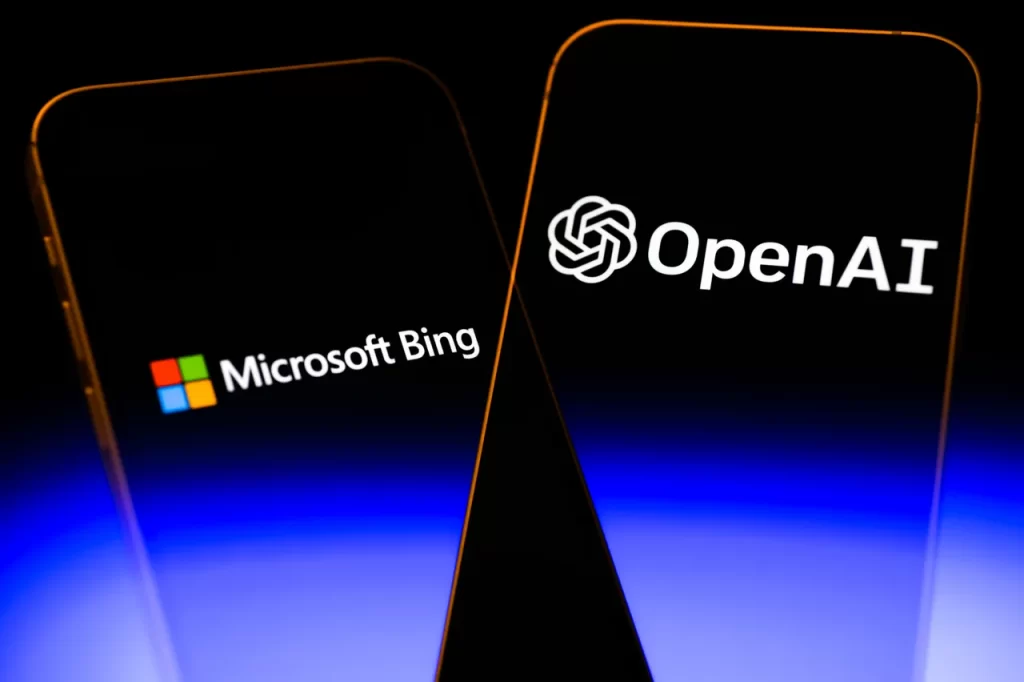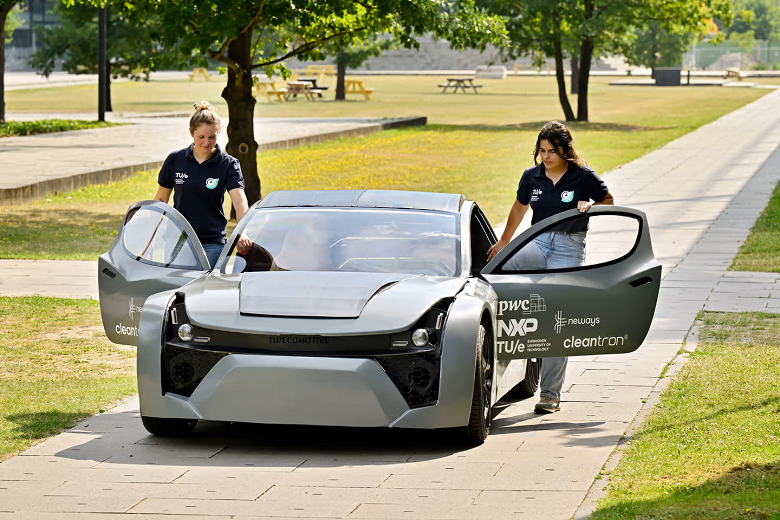Modern era uplifts the world around us to be smarter and fruitful, which also started to have an eye on the impact over environment, which was less considered previously at the bloom. The word ‘smart’ has gotten prefixed to many of the things around us – devices (phone, watch, lens, more), instruments (health checkups), equipment or even places (smart home, smart industry) and it’s not going to stop there for sure.
And currently the smartness adheres to the transportation, making vehicles and roads more sustainable, safe and beneficial in all aspects of possibility of doing so.
Smart road technologies aren’t a futuristic concept, as countries have already started implementing them gradually. Being sure that future will have more of the kind worldwide, it pushes to know what smart roads are and what they would foster and the perks in it. Get your seat-belts on.
Smart Roads
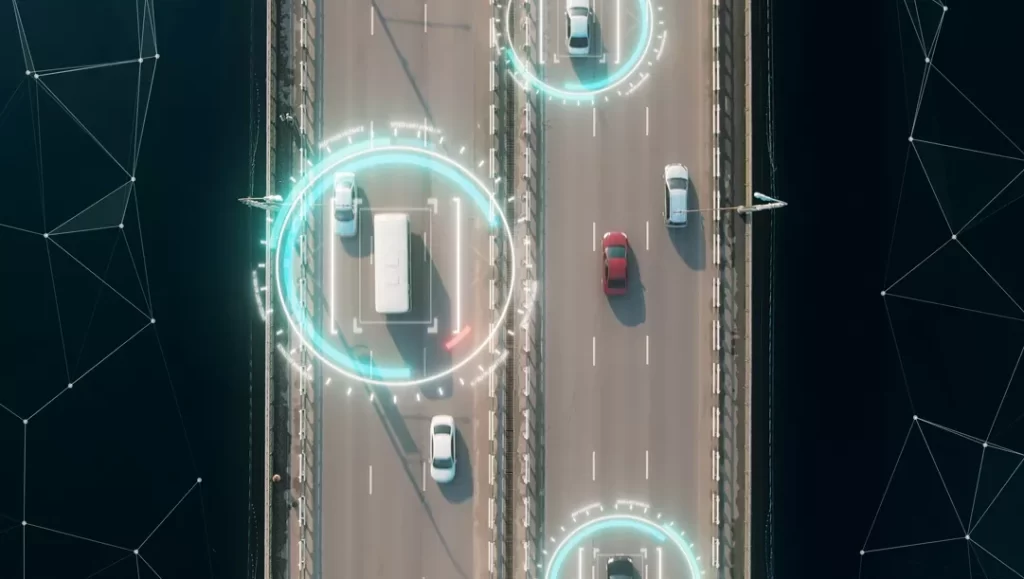
Speaking of smart roads, the vital role of technology really has to foremostly unknot the traffic congestion with its artificial intelligence (AI) empowered adaptive traffic lights and adaptive route-diversions with integrated roadways.
The system needs to be equipped with speed sensors, acoustic sensors, IP CCTV cameras, smart traffic lights, condition and weather monitoring systems and digital signage for collecting various data and correlating them to create an optimal travel experience for everyone.
Moto of the smart roads would literally be concised under these – less congested streets, improved traffic and pedestrian safety, extended connectivity along the roadways, enhanced parking and e-tolling, ultimately for a sustainable transportation.
For example…
AI enabled traffic lights that adjust timing by itself based on the sensor data of roads, can free up the roads maximally.
Instant displaying of adaptive and calculative route-diversions drawn on the jammed roads ahead.
IoT network pertained to cities for gathering traffic and weather data, which would result in safety, traffic management and energy efficiency.
And the roads will also fetch wireless-EV charging and solar installed either on the roads or at the sideways.
Wireless EV Charging
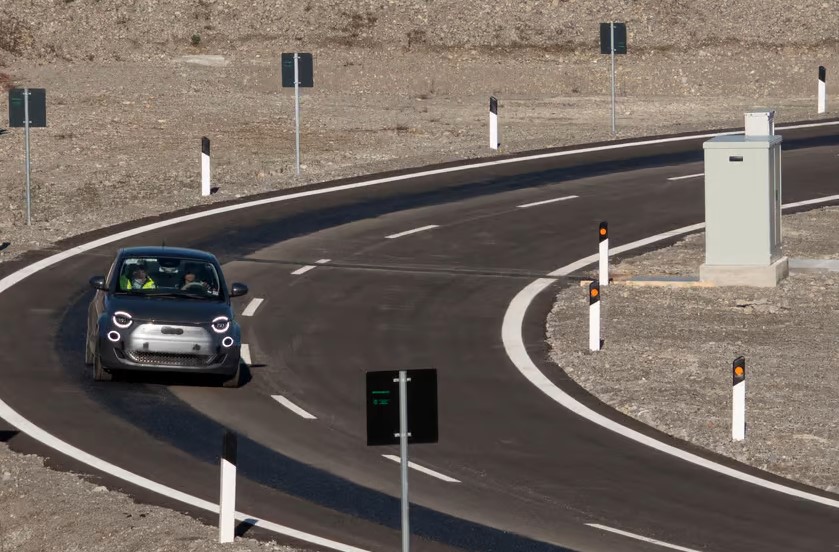
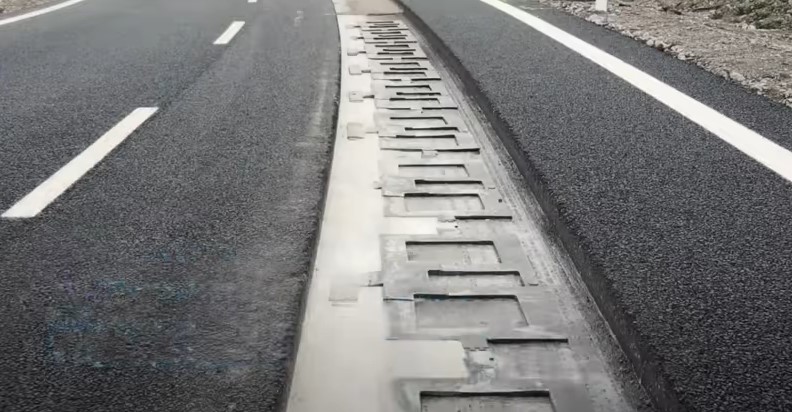
World shifts to Electric and we all know that. Electric Vehicles are really a huge updrift in view of climate change, but people are anxious about one thing when it comes to EV – range anxiety. Since many countries hadn’t yet kicked off the infrastructure for EVs, especially the charging stations and service, people hesitate to go for an EV car.
However, this concept of wireless EV charging along the travel will eventually settle down the anxiety, as your EV would wirelessly charge as you go. It’s not a joke, but really happening.
Stellantis, parent company of Fiat, Chrysler, Dodge, Jeep, Maserati and more, is a founding member of the ‘Arena Del Futuro project’ meaning ‘Arena of the Future’, which was built to test a number of futuristic transport technologies, wherein Dynamic Wireless Power Transfer (DWTP) technology is included. Originated in Europe, the road was tested in many countries of the continent – Italy, Norway and Sweden.
DWTP project involves cutting of small grooves into the road surface, for laying series of flattish inductive charging coils which is connected to a power supply. Asphalt is rested on the top after then. When active, the coils send power to vehicles passing overhead, provided that they’ve been fitted with a receiver.
The concept enhances how we travel, letting us to not care about the fuel and range.
Solar Highways
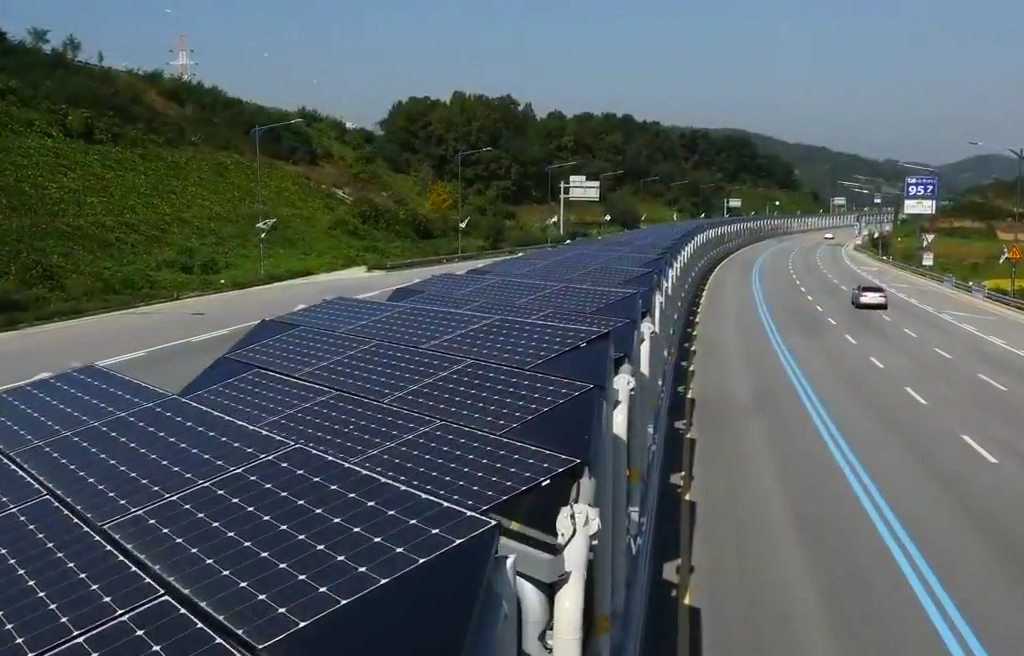
An US company started testing Solar-panels in the footpaths of Route 66, US interstate highway. The roadways are heralded for its ability to generate energy and light up the LED lights on the road and for also their thermal heating capacity to melt snow at winter times.
These roads can be an origin to extend all around the world. Solar roadways have a lot more to inscribe and develop to match out the solar power generation and the ability to withstand the vehicles on the road simultaneously.
Related Posts
While solar roadways had an immense capability to fetch electricity to nearly 80% of the energy needed in US, if entire US roads are solar-powered.
Besides, countries like South Korea, London & India are planning to install solar photovoltaics wherever possible along the highways (on the middle / side) of the respective nations.
With these developments foreseen, smart roads incorporated by technology would probably ease the travel and blend it smoother for people, that even long-hour commutes may not seem much long.
